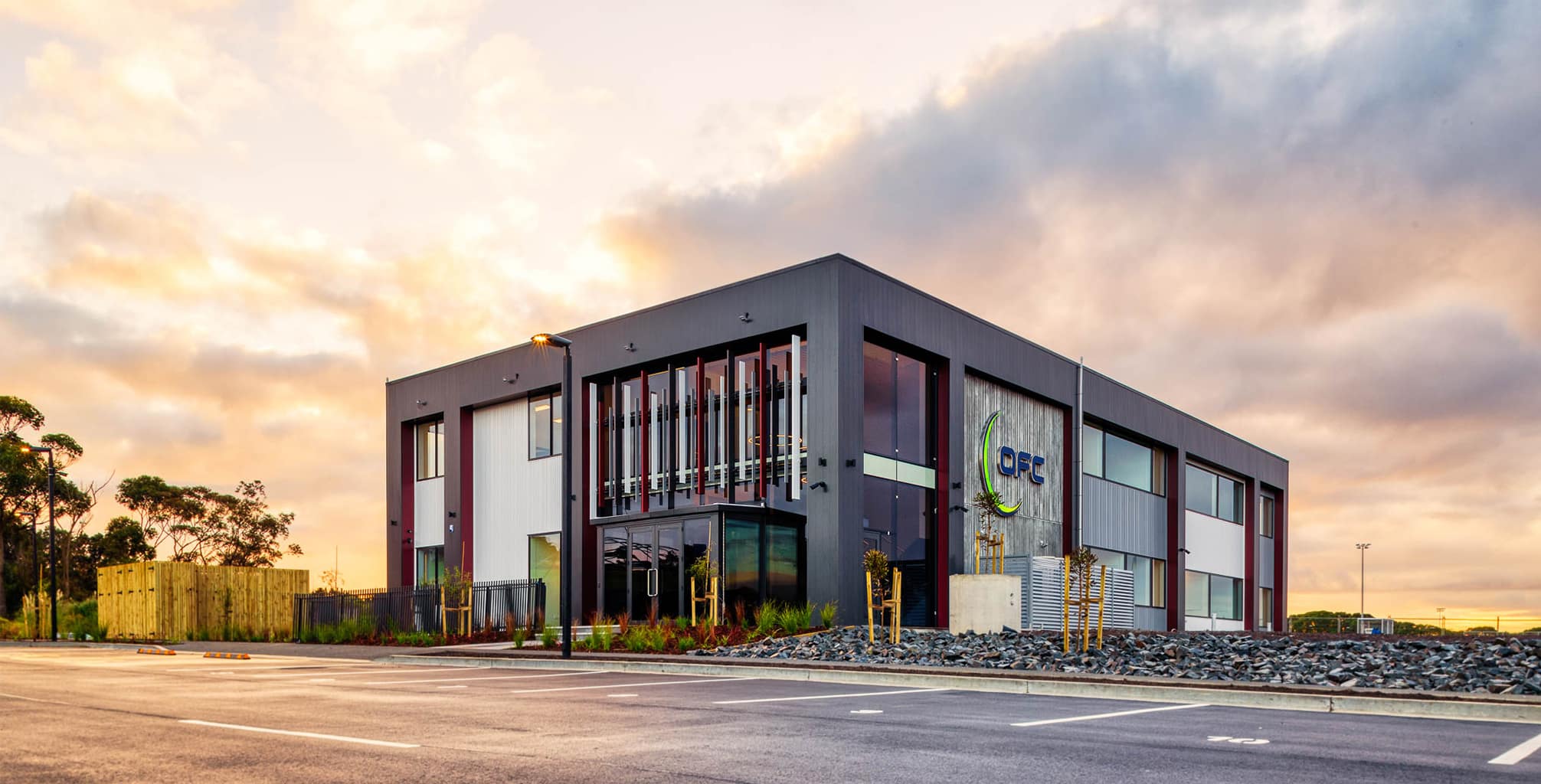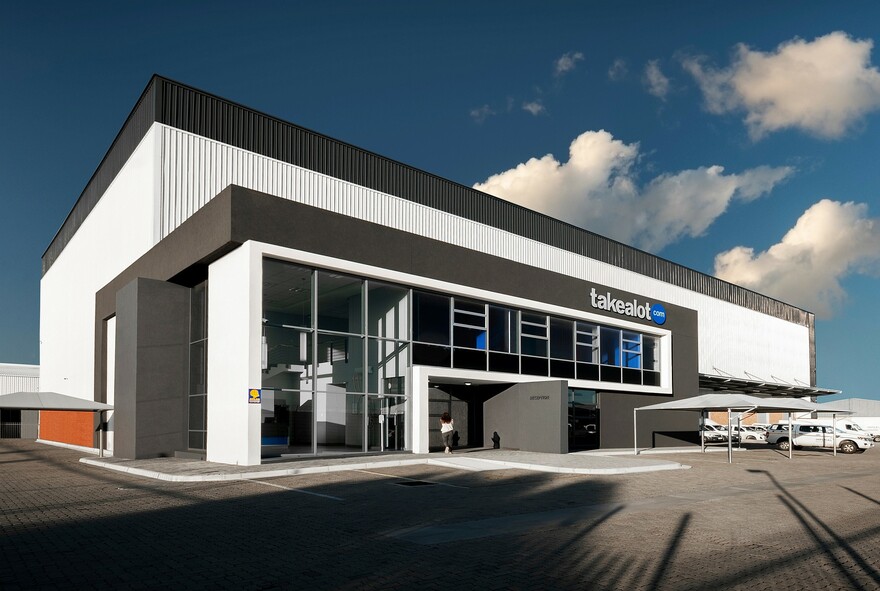Exactly How Commercial Architects Can Transform Your Service Space With Professional Layout Services
Commercial architects play an essential duty in reshaping service settings. Their know-how in design can substantially boost both functionality and aesthetics. By developing spaces that show a brand's identification, they enhance functional effectiveness and employee fulfillment. The influence of their job prolongs beyond plain appearance. Understanding the nuances of partnership and sustainability can result in transformative outcomes. What particular elements make these improvements effective?
Understanding the Role of Commercial Architects
Commercial architects play an essential duty fit company environments that are both functional and visually pleasing. They focus on developing spaces tailored to the particular requirements of businesses, ensuring that every square foot is made use of properly. These specialists incorporate elements such as spatial layout, lighting, and products to boost productivity and worker wellness. By working together with clients, industrial architects collect insights into functional requirements and brand name identity, converting these right into ingenious designs.Additionally, they browse intricate building ordinance and zoning laws, guaranteeing compliance while taking full advantage of layout possibility. Their expertise reaches sustainability practices, advertising energy efficiency and eco friendly materials in their tasks. Via their innovative vision and technological knowledge, industrial architects not only produce attractive rooms yet likewise foster settings that promote partnership and development. Inevitably, their payments considerably affect the overall success and picture of a business.
Advantages of Professional Style Solutions
Customizing Spaces to Your Brand Identification
Customizing rooms to a brand name's identification is important for communicating its core values and goal. Commercial architects play an essential duty in boosting an organization's aesthetic identity with thoughtful design options. By straightening building aspects with brand concepts, firms can produce atmospheres that resonate with customers and employees alike.
Mirroring Brand Values
Just how can a properly designed area embody a company's core worths? Commercial architects play a vital role fit atmospheres that reverberate with a brand name's identity. By integrating components such as color pattern, materials, and designs, they create spaces that show the essence of the service. For circumstances, a technology firm could choose open designs and modern furnishings to share innovation and partnership, while a high-end brand name might choose stylish finishes and intimate spaces to stimulate exclusivity and class. Thoughtful style not only enhances performance but also cultivates a solid link between workers, customers, and the brand. Eventually, a well-crafted environment offers as a tangible representation of a firm's mission and vision, strengthening its values at every touchpoint.
Enhancing Aesthetic Identity
What aspects can efficiently boost a brand's visual identity within a commercial area? Commercial architects play a critical function in integrating design features that resonate with a business's ethos. Color pattern, typography, and products can be strategically picked to mirror brand name worths while making certain visual allure. Additionally, incorporating logo designs and brand name images into the design can produce a natural aesthetic narrative. Illumination layout can better improve the environment, assisting client perceptions and experiences (commercial architects). Design and furnishings selections should align with the brand's character, whether it's modern, conventional, or ingenious. Ultimately, a properly designed industrial area not only attracts consumers but additionally strengthens brand name acknowledgment, producing a long lasting perception that fosters commitment and engagement
Enhancing Functionality and Effectiveness
Enhancing performance and effectiveness in industrial areas entails maximizing room application and designing operations that simplify operations. Architects concentrate on developing layouts that minimize thrown away space while promoting smooth adjustments in between jobs. This approach not only boosts productivity however also adds to an extra natural workplace.
Maximizing Area Use
Effective room utilization is explanation a critical aspect in commercial design, where the layout needs to stabilize visual appeals with functionality (commercial architects). Architects use various approaches to make the most of available square video footage while making certain that each location serves a distinctive objective. By assessing workflow, web traffic patterns, and customer needs, architects can produce designs that boost both worker performance and client experience. Multi-functional areas, versatile furnishings arrangements, and enhanced storage space options are necessary parts in accomplishing this goal. In addition, including all-natural light and open spaces fosters an extra welcoming atmosphere, further raising the utility of the environment. Ultimately, reliable space application not just enhances operational effectiveness but also contributes favorably to the total brand name photo, making it an essential factor to consider in commercial layout
Streamlined Process Design
How can a well-designed workflow transform a commercial space right into a center of efficiency? Streamlined process layout concentrates on optimizing the physical layout and functional procedures within a business setting. By tactically preparing workstations, meeting locations, and resources, architects can eliminate unnecessary movement and improve cooperation. This thoughtful layout minimizes disturbances and promotes communication, allowing workers to focus on their tasks much more effectively. Furthermore, integrating technology into the workflow can better automate procedures, minimizing time invested on routine jobs. Because of this, services experience improved employee spirits and increased result, producing a vibrant environment that cultivates innovation. Ultimately, buying streamlined operations layout not only improves performance yet likewise places a commercial space for lasting growth and success.
Fostering Partnership Through Style
Although modern-day workspaces often focus on specific performance, the design of commercial rooms significantly stresses collaboration as a crucial chauffeur of advancement and group cohesion. Architects play an essential function in producing settings that promote communication amongst employees. Open up layouts, multifunctional areas, and strategically placed communal locations urge spontaneous discussions and brainstorming sessions.Incorporating aspects such as movable furniture and versatile conference rooms enables teams to reconfigure spaces based on their collective requirements. internet Furthermore, incorporating modern technology, like interactive whiteboards and video clip conferencing devices, boosts the capability to connect successfully, no matter location.Natural light and biophilic layout aspects also add to a much more welcoming ambience, promoting convenience and well-being, which are vital for efficient synergy. By concentrating on these aspects, commercial architects can produce vibrant settings that not just enhance cooperation yet likewise drive overall organization success.
Sustainable Layout Practices in Commercial Architecture

Instance Researches: Effective Transformations by Commercial Architects
The application of lasting style techniques has not just improved the strategy to business architecture but has actually likewise brought about impressive makeovers in numerous organization rooms. One remarkable situation is the redesign of a technology company's headquarters, where architects incorporated all-natural light and environment-friendly wall surfaces, causing boosted worker health and productivity. This improvement reduced power prices by 30% and enhanced the company's public image.In one more instance, a retail shop went through a total overhaul, making use of recovered products and energy-efficient systems. This not only drew in eco-conscious customers but likewise increased foot traffic by 25%. A 3rd case included a business office that accepted an open-plan layout with adaptable workspaces, promoting partnership among groups. The architects' focus on producing a vibrant and versatile atmosphere substantially increased employee satisfaction. These situation studies exhibit how business architects can find out produce impactful areas that align with business objectives and sustainability initiatives.
Regularly Asked Concerns
How Much Do Commercial Architecture Provider Generally Price?
The expense of business design solutions differs widely, typically ranging from $100 to $250 per hour. Aspects influencing pricing consist of job intricacy, area, and the designer's experience, making it necessary for services to get in-depth estimates.
What Kinds of Organizations Profit A Lot Of From Commercial Architects?
Various businesses, including retail, hospitality, and business workplaces, significantly benefit from industrial architects. These professionals improve performance, aesthetic appeals, and brand name identification, making sure areas are maximized for consumer interaction and employee performance, ultimately promoting company growth.
For how long Does a Business Design Job Generally Take?
The timeline for an industrial layout project commonly varies from numerous weeks to numerous months. Variables affecting duration include task intricacy, regulative authorizations, and cooperation amongst stakeholders, all of which can influence general conclusion time.
Can I Hire a Business Designer for Renovations Only?
Yes, employing an industrial designer for restorations is possible. Numerous architects focus on remodelling tasks, providing know-how in optimizing existing areas while sticking to laws and enhancing performance, aesthetic appeals, and total value of the service environment.
What Credentials Should I Seek in a Business Architect?

Comments on “How commercial architects Use Zoning Analysis to Streamline the Planning Process”